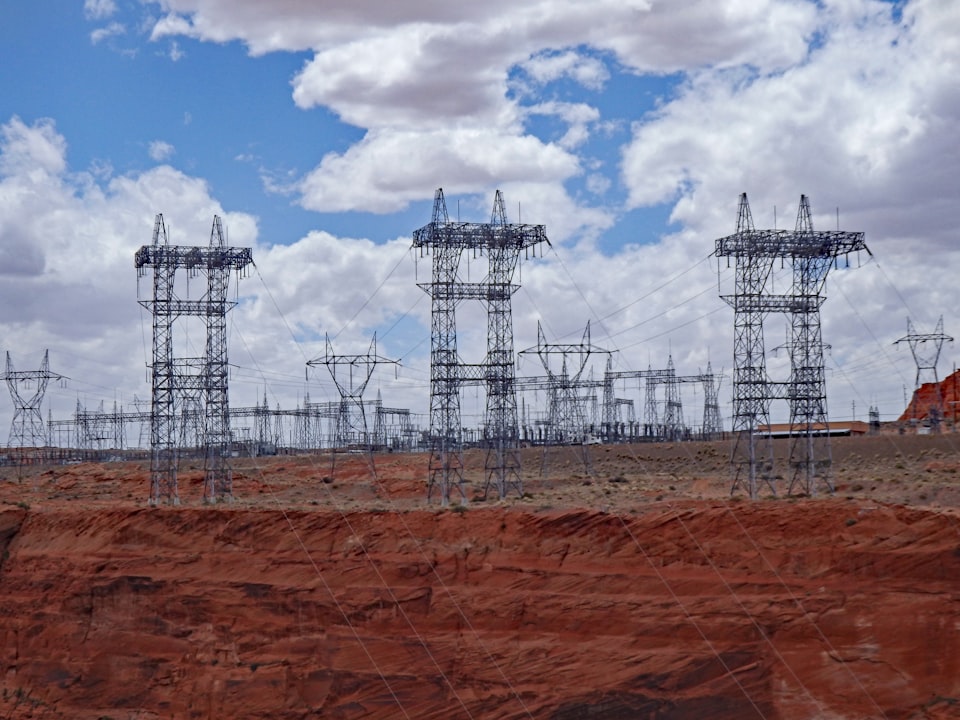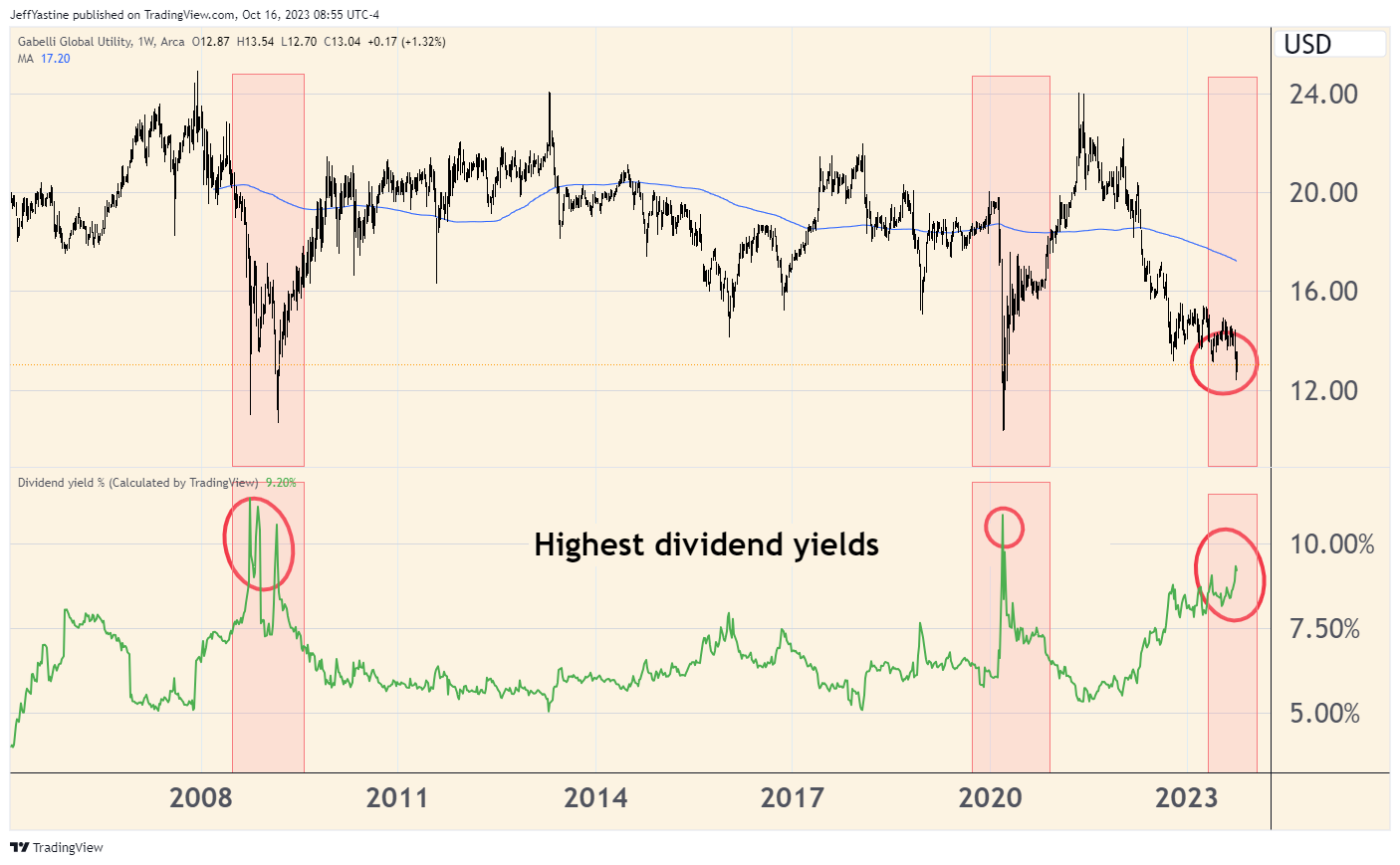Powering Up Utility Stocks

One of the hardest aspects of investing in the stock market is "the waiting" that comes before "the buying."
Wall Street will tell you that anytime is a good time to buy nearly any stock. But it's not really true. If you know how to value a stock, sometimes even in simple ways, it can open a window to understanding the best - and worst - periods to buy a stock.
That's certainly been the case for a great many dividend-paying stocks, especially what we'll call "defensive" dividend stocks.
Time to Buy Utilities
For example, utility companies - which provide electricity, natural gas, and water to residential and industrial customers - are defensive stocks.

Even in the worst of times, most of us are still going to pay our utility bills. That makes utilities - already quasi-monopolies protected from competition - reasonably secure to own through economic booms and busts.
But utility stocks are also sensitive to interest rates, since their businesses require lots of debt to build and maintain their networks of wires, pipes, and plants. As a result, most utility stocks have been sliding lower for the past 18-24 months since the Federal Reserve began its campaign to dramatically raise interest rates.
But at some point, the rewards of owning a utility stock begin to outweigh the risks of rising interest rates. I think utilities are now at that point.
How do I know?
Calculating a Dividend Yield
Well, as businesses, utilities don't grow very fast. But most pay a dividend - a bit of excess profit that goes back to shareholders. And that dividend provides us a good back-of-the-envelope way to figure out the best times to buy a utility stock - by looking at its dividend yield.
We can figure the yield with a tiny bit of simple math.
Take a utility's annual dividend (let's say it's $1.00 a year). Then divide it by the utility's current stock price (let's say it's $40 right now).
That tells us the utility's stock has a dividend yield of 2.5%.
In other words, if I bought that utility stock today with, say, $1,000 dollars - the utility pays me a stream of dividends totaling $25 over the course of the year, and the year after that, and as long as I own the stock.
But a utility also typically raises its dividend payout each year or two as well. So by calculating the yield over a long period of time, it gives us a benchmark to compare the stock price against the stream of dividends, year by year and decade by decade.
I recommended a utility stock to premium subscribers last week based on this method. And while I'm not going to reveal the name of the stock here, I'll show you another example by using a utility ETF in the chart below:

As you can tell from the chart above, this particular ETF has a dividend yield of more than 9%. And the last time the ETF's stock price declined to a point where it had a similar yield or higher was in 2009, and briefly during the market's "pandemic panic" in early 2020.
The other thing I take into consideration is...what other similar options can I get for my money? For example, with $1,000 (or $10,000 or $1 million for that matter) I could buy a 1-year certificate of deposit (CD) that pays me 5% a year. And that's essentially risk-free money because the CD is guaranteed by the bank and the FDIC.
So if I'm going to take a risk...it has to be worth it, right? I want to get paid something more than 5% a year in equivalent interest. The more risk I'm being asked to take, the more I want to be paid.
How do we know that a utility's stock doesn't just keep going down and down, even more?
Well, we don't. There are always risks when it comes to the stock market.
But calculating a dividend yield is sort of like looking at buying, say, a rental property and becoming a landlord. At a low enough price, even the most dilapidated house - damaged in a fire, say, and in need of restoration and a new roof - becomes a viable purchase option, because we know it will return x-amount of dollars in income back to us each year.
I can't say that utility stock prices have reached an actual "low" in price. It's possible we could see prices move even lower if the Federal Reserve decided to keep raising rates over the next year. But even the Fed is sending out signals that it's done (or close to it) on raising rates.
Meanwhile, buying a utility stock now - with dividend yields at current levels - makes a lot more sense and should be well worth the wait as utility stock prices have fallen dramatically over the last 18 months.
Best of goodBUYs,
Jeff Yastine
Member discussion